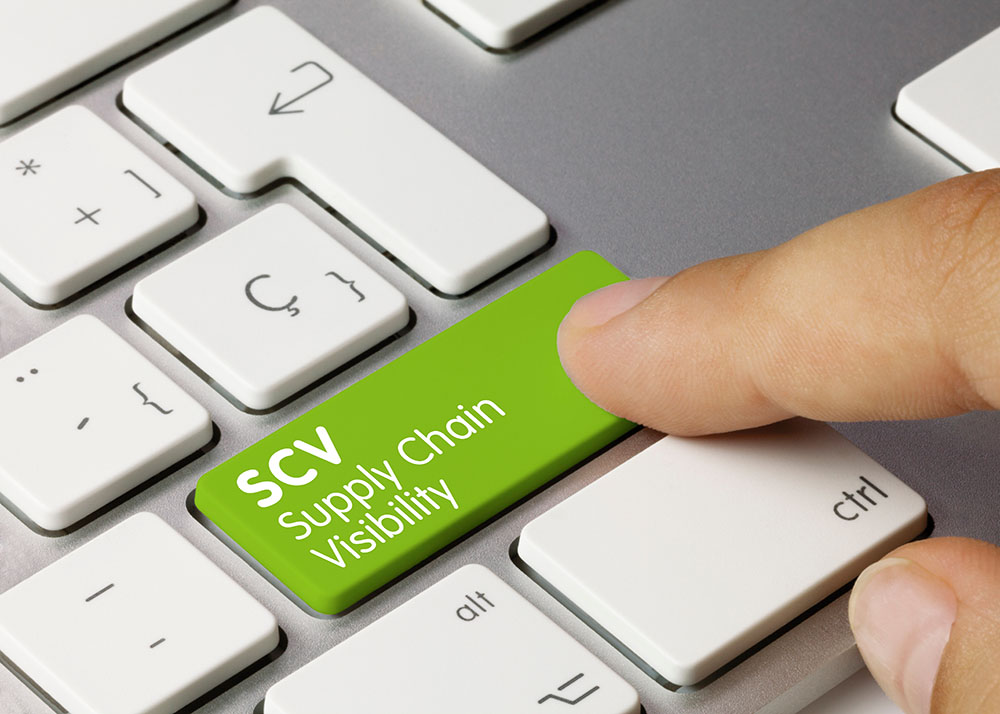eZCom Software Blog
EDI pro tips, essential guides, expert advice - eZCom Software
The following article is 100 percent apolitical. We’re in the EDI business and the EDI business alone. That said, it is worth exploring what potential impact a new presidential administration might have on EDI practices for brands and retailers. Ultimately, it depends on an administration’s priorities, particularly in areas like trade policy, data security, and regulatory changes. Here’s what to pay attention to……
Earlier this month, Adobe Analytics came out with some very interesting online holiday shopping data. Here’s what stood out to us……
There are few moments more exciting for a brand than when they strike their first retailer relationship. After the champagne, however, is when the real work begins…
All brands that sell through retailers are familiar with chargebacks. (Hopefully not too familiar.) Retailers issue chargebacks when requested shipments are out of compliance: wrong quantity, wrong location, delivered too early, delivered too late, and inaccurate paperwork. There are a number of reasons a retailer might issue a chargeback to a supplier brand – and none of them are good…
Inventory turnover is a metric that measures how often a company's inventory is sold and replaced over a specific period, such as a month or a year. It reflects how efficiently a business manages its inventory in relation to its sales or production processes. Inventory turnover is measured by what’s called the inventory turnover ratio…
Sell-through rate is a critical metric for businesses to track, but it's often misunderstood. Let’s dig into what it is, why it matters, and how you can improve it. What is Sell-Through Rate? Sell-through rate measures how quickly a brand sells inventory compared to how much it receives from suppliers. It's expressed as a percentage and calculated over a specific period. This is the Sell-Through Rate formula: Sell-Through Rate = (Number of Units Sold / Number of Units Received) x 100 Example: If you received 100 units of a product and sold 80 units in a month, your sell-through rate would be 80%. Is Sell-Through the Same as Sell-Out or Sell-In? Though they all sound similar, sell-through, sell-out and sell-in…
We’re almost to the midway point of 2024. Here’s how the retail landscape has shaped up this year so far…
Supply chain demand planning is the crystal ball of the business world. Imagine if every time you went grocery shopping, you knew exactly how much milk, bread, and eggs you'd need for the week ahead. That's what demand planning does for companies, but on a much larger scale. At its core, demand planning is all about predicting what customers will want and when they'll want it. Sounds like a guessing game, right? Yes… But not really…
In today's dynamic business landscape, supply chain visibility is no longer just a buzzword; it's a necessity. With consumers demanding transparency and agility, brands must prioritize improving their supply chain visibility to stay competitive and resilient. Fortunately, there are several straightforward strategies that brands can adopt to enhance that visibility. Let’s dig in…
In the complex world of supply chain management, there’s something called the bullwhip effect. The bullwhip effect shows the amplified fluctuations in inventory and order quantities experienced as one moves upstream in the supply chain, away from the end consumer…










